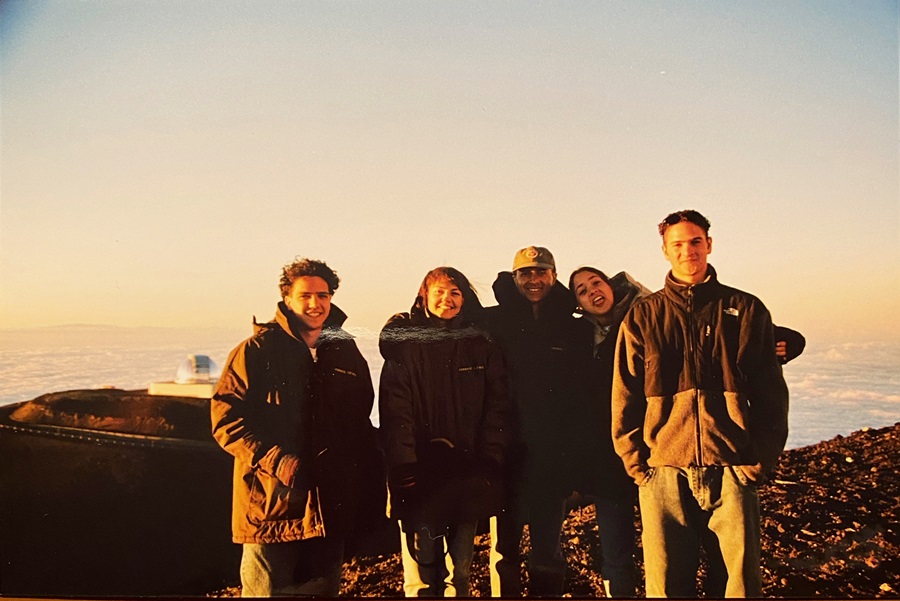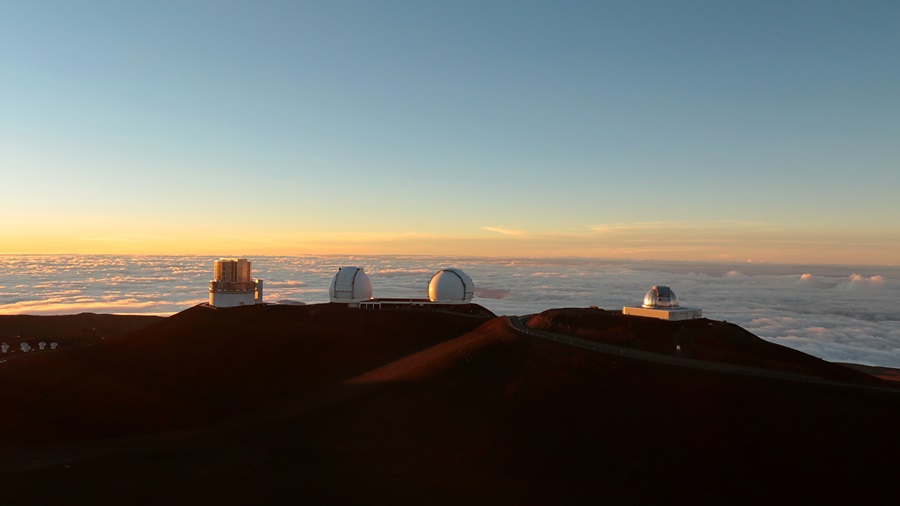On the Outer Cape, far from the lights of shopping centers, interstate highways, and urban downtowns, we’re used to seeing bright stars sparkle amidst hundreds of fainter ones. The ghostly mist of the Milky Way arcs across the sky. Shooting stars come and go in fiery bursts of glory.
The night sky looks a little different just a short drive up Route 6. The Milky Way and many faint stars are lost. You see fewer shooting stars. A diffuse glow hangs in the sky above the commercial areas of Hyannis and even Orleans. It’s still a pretty night sky, especially to someone accustomed to urban or suburban skies, where you might see only a handful of stars and one or two constellations. (Orion is one of the few you can see clearly even from a big city.) But once you’ve experienced a dark sky — a sky relatively free from the light pollution of pervasive artificial illumination — nothing else compares.

I vividly remember the first time I experienced a truly dark sky. I was 22 and visiting the Big Island of Hawaii with my family. My parents, knowing my interest in astronomy, booked a tour of Mauna Kea, a massive volcano that rises out of the sea to a height of 13,800 feet, and the astronomical observatories at its summit. Our guide was Buck — he didn’t tell us his last name — a young man from the nearby city of Hilo. He drove a small tour bus, winding up broad slopes that glowed gold in the late afternoon light. He talked animatedly over a microphone about the flora, fauna, and geologic history of the volcano.
We arrived at the top in time for sunset. Traveling from sea level to 13,800 feet in just a couple of hours left our bodies unprepared for the low oxygen at the summit. The altitude impaired clear thought and affected perception, imparting a dreamlike quality to the experience: time accelerated, then slowed.
My memory cuts from one scene to another with illogical gaps: I wander around Keck, Gemini, and Subaru, observatories I recognize from the pages of National Geographic; the huge observatory domes look like alien machines from science fiction movies; the sky glows yellow, orange, red, and purple; far below, the ocean surrounds us; the horizon seems impossibly far away.

Time and memory return to sharp focus sometime later and at about 6,000 feet lower. Night has fallen, and we’re slowly driving down the road. Buck stops the bus at a little cutoff and invites anyone who’s interested to join him while he sets up a telescope. “It’s nothing like the big ones up top,” he says. “But it’s still quite a view.”
Oh, yes. I’m interested. I don’t have my own telescope yet — I haven’t even looked through one before. I follow him off the bus. The slope is gentle, dotted with patches of tough grass and wind-stunted trees. The dark mass of the summit looms above. Buck begins assembling his telescope, one much like the instruments I set up for people today. Minutes pass, and my eyes adjust to the darkness. There are no road lights, no nearby towns, no mall parking lots. I look up.
“Oh, my god!”
Thousands of stars glitter against a backdrop of the deepest black. The brightest are brighter than I have ever imagined stars could be. The constellations that I know are lost to me, obscured by the hundreds and hundreds of fainter stars that I have never seen before. The sky is a glorious three-dimensional mess of stars.
“Ready,” Buck says and gestures to the eyepiece of his telescope. He shows me galaxies, nebulae, and star clusters — things I had only read about. I laugh with wonder, and Buck laughs with me, delighted to share the night sky with a kindred spirit. It’s a feeling I know well now from my own astronomy outreach.
Finally we pack up the telescope and return to the bus. I stare out the window, but the warm interior lights have obliterated the view of the stars. At the tour center, I shake Buck’s hand and thank him. “My pleasure, dude!” he says. “Next time you’re here, look me up and we’ll totally set up the ’scope again.”
The night sky of the Outer Cape is not quite as dark as Mauna Kea’s, but, to be fair, few places are. That’s why we build professional observatories. But the Outer Cape night sky is still a wonderful sight. And it’s in danger: every year, nighttime illumination expands rather than diminishes, and with it, light pollution grows.
Lights at night are important and can be essential for safety. But a lot of it is wasted, or unnecessary for its intended purpose, or goes where it isn’t supposed to go. That’s light pollution.
A year after the trip to Hawaii, having endured my story of Buck and his telescope countless times, my girlfriend got me a small telescope for Christmas. My experience on Mauna Kea and that telescope changed my life.
I haven’t returned to Hawaii yet. But wherever you are today, Buck, thank you. And my girlfriend from back then? She’s been my wife for 22 years.



